On this page you can find links to several guides that we have written about the historic sights and monuments that we visit on our cycling holidays. Many of the places where we stay or ride through are steeped in thousands of years
of history.
Browse through the list below, or click on the quick links if you want to learn a bit more about what makes these places so fascinating and special.
Browse through the list below, or click on the quick links if you want to learn a bit more about what makes these places so fascinating and special.
General History
A History of Seville
Seville is the enchanting capital of the Andalucia region in Southern Spain. It is one of our favourite cities, and we visit it on both our Historic Andalucia and Seville to Granada cycling holidays.Seville was already a thriving city in ancient times under Iberian civilizations and later under the Romans. But it reached its real glory days in the Medieval and Early Modern periods. In the 8th century it became the first capital of the Umayyad state of Al-Andalus, continuing to thrive under muslim rule for six centuries. In the 13th century, Seville was conquered by the Christian kingdom of Castile, as part of the so-called reconquista cruasde. This ushered in a different, but equally prosperous new era, fuelled by the Age of Exploration.
Seville became the nerve center for the pioneering voyages of men like Christopher Columbus, Ferdinand Magellan and Hernán Cort&eaucte;s. Today the city is filled with grand monuments which highlight its historic importance, and which help to make Seville such a fascinating and magical place to visit.
Find out more about the history, the culture and what to see, in this guide to one of Spain's most captivating cities...
Click here to read more
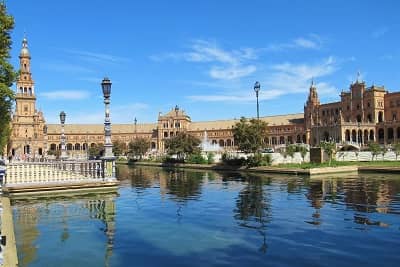
A History of Granada
Granada is one of the most charismatic cities in Spain. It is best known for the incredible Alhambra palace, which dominates the historic center from its privileged hilltop position.But the whole city is steeped in history and has been shaped by diverse cultural influences for over two thousand years.
Find out more about the fascinating history and culture of Granada in our guide to the city....
Click here to read more
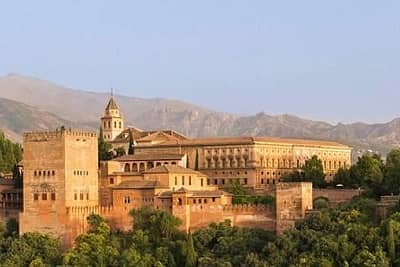
A History of Cordoba
órdoba is one of the most fascinating cities in Spain. It has an incredible history; from being the provincial capital under the Romans, to being the largest city in the world under the Muslim caliphate. We spend a lot of time in the city on our Historic Andalucia and Seville to Granada cycling holidays, and have come to really love everything about it!Find out more about the history, the culture and what to see, in this guide to our favourite places to visit in Córdoba...
Click here to read more
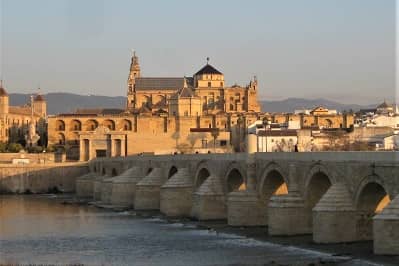
Cycling the History of Rioja
One of the great things about cycling around the Rioja region, is that it is not simply about the wine. In fact, even if you don't drink wine, there is still so much to enjoy in the region, in terms of both scenery and some incredible historic sites.The Ebro valley was one of the earliest parts of the Iberian peninsula to be conquered by the Romans, and the monuments in Rioja reflect 2,000 years of often turbulent history. There are, of course, far too many to list here, but we can outline some of our favourite and most interesting sights.
Click here to read more
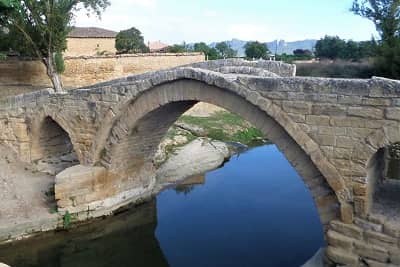
Ancient History
Five Lesser-known Spanish Towns for History Lovers
Spain is one of the most incredible countries to visit for history lovers. There are many cities with a great variety of historical influences; from the Moorish cities of Seville and Granada, to the impressive architecture in Barcelona and Valencia.However, there also many towns and villages, much less visited than the big cities, that are of real historical interest. Here we look at five our favourites, which offer different aspects of Spanish and European history.
Click here to read more
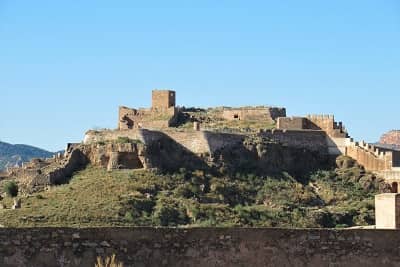
Muslim Spain
Al-Andalus: The Birth of Muslim Spain
Modern day Andalucia is defined by a unique culture and identity - visible in both its traditions and its architecture. It is a land which has been shaped by immmigrants and power struggles for over 3,000 years. Recorded history began in 1200 BCE, as Phoenician traders were the first group to write about the Iberian peninsula, and they established the coastal trading city of Cadiz.In the next thousand years, the region was inhabited by Greeks and then conquered by the Romans. After the Romans were thrown out by the Vandals and the Visigoths, there was a period of stasis, sometimes referred to as the Dark Ages. Then, in the early 8th century, the most important and influential era began in the history of southern Spain - the Muslim one...
Click here to read more
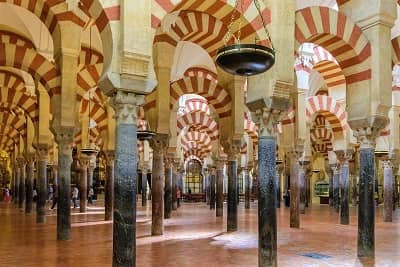
Medina Azahara, Cordoba
Medina Azahara is one of the many places of interest that we visit on our Historic Andalucia cycle tour. It may not be as well known as the Alhambra Palace in Granada, but Medina Azahara is a must visit for history lovers...Situated just a few kilometres from Cordoba, Medina Azahara (meaning beautiful town in Arabic) was built in the 10th century as the capital of Muslim Spain.
Click here to read more
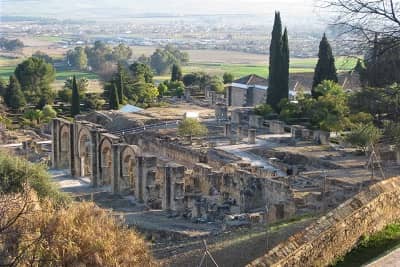
The Viking Raids on Seville
The great city of Seville was the preferred capital in the early days of Muslim Spain. As well as being prosperous, with a rich history dating back to Roman times, it was situated nearly 100km from the coastline. Consequently, despite its lack of city walls, it was seen as well protected from naval attacks, and thus an ideal place to store much of the wealth of the al-Andalus Emirate.This illusion, however, was shattered in the year 844 when, on a warm October morning, 54 long boats rowed their way up the Guadalquivir River and landed on the grassy banks on the edge of Seville. Within minutes, hundreds of Vikings had disembarked and had rushed into the unfortified city. Wielding their customary axes and screaming war cries, the Vikings spent the day wreaking havoc. They took vast quantities of booty and captives, before retiring to their camp on the Doñana Estuary...
Click here to read more
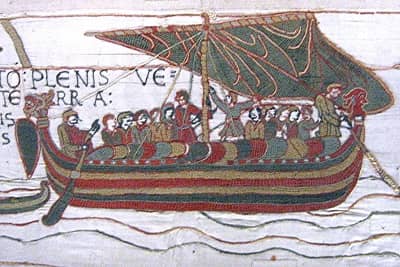
Age of Exploration
Xativa - Castles and Popes
Xativa is a town situated in the Valencia region of Spain, roughly equidistant between the two biggest cities in this part of Spain - Valencia and Alicante.Like many of the towns in the area, Xativa grew to prominance in Roman times, where it had an important linen industry. It remained an important town throughout the Middle Ages, notably due to the fact that it was the birthplace of two popes.
Click here to read more
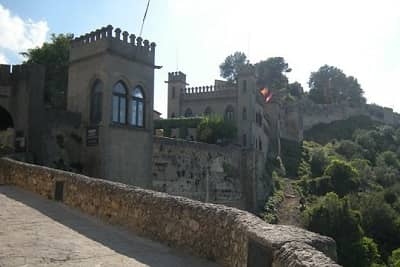
Modern Period
Guernica - The Immortal Town
Guernica (Gernika in Basque), is situated in the north of Spain, about 30 kilometres to the east of Bilbao. It is a small market town which, although having a prominent role in the development of Basque cultue, is fairly unremarkable. The town, however, has been immortalised by Picasso's horrific depiction of the bombing of the city during the Spanish Civil War.Modern day Guernica retains a keen sense of its importance in the long history of the Basque country, and also in the modern history of Europe. In recent years, the town of Guernica has become a symbol for peace...
Click here to read more
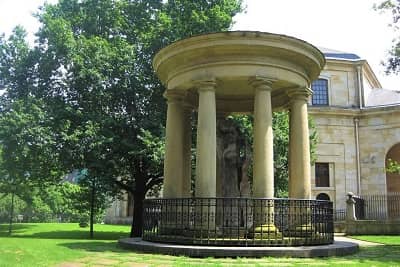
For further reading, check out our articles about some of the
cultural aspects of Spain and Southern France. We also have many
Cycling Guides to different regions, as well as general information about
cycle touring.
And if you would like to visit some of these places in person without the stress of organising your own trip, we would be delighted if you would join us on one of our Cycle Holidays.
And if you would like to visit some of these places in person without the stress of organising your own trip, we would be delighted if you would join us on one of our Cycle Holidays.